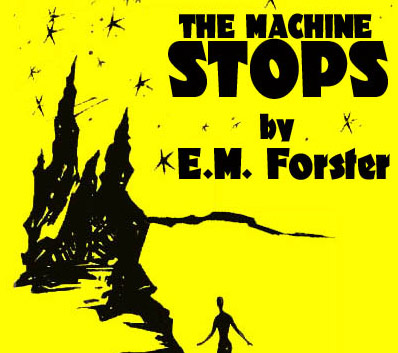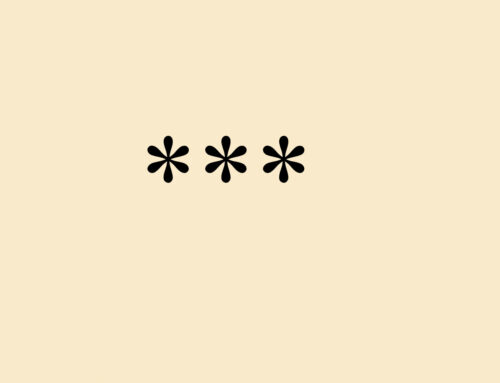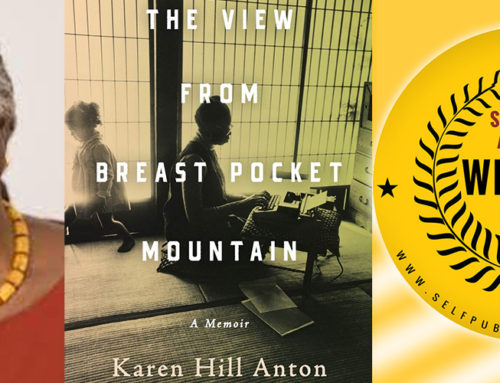 You don’t need to be paying close attention to notice the fragmentation that characterizes much of America’s contemporary life. Your home town newspaper has ceased to print or will soon do so. This is happening to the ANN ARBOR NEWS (never a very good newspaper, but one that did a fair to middling job of holding its community together). Some of the nation’s biggest and best papers have already folded and THE BOSTON GLOBE seems likely to follow. These, and the NEW YORK TIMES are my own favorite print sources of news and the TIMES is also having problems.
You don’t need to be paying close attention to notice the fragmentation that characterizes much of America’s contemporary life. Your home town newspaper has ceased to print or will soon do so. This is happening to the ANN ARBOR NEWS (never a very good newspaper, but one that did a fair to middling job of holding its community together). Some of the nation’s biggest and best papers have already folded and THE BOSTON GLOBE seems likely to follow. These, and the NEW YORK TIMES are my own favorite print sources of news and the TIMES is also having problems.
Elsewhere across the country, the pattern is repeated as both small and large communities look to electronic media for help, but in a land that not so very long ago was unified by news and entertainment delivered in fuzzy images from ABC, CBS, and NBC, it is now possible to tune to hundreds of television sources, most of them with special interests and not much sense of a central mission. The internet and its auxiliary phone services lie mostly apart from television, but are making inroads with wonderfully fast information delivered with quick certainty and a large measure of unreliability.
This pattern of change has been mimicked in the distorting mirror of the book business. Academic publishers have been particularly hard hit. Specialists in books that may sell, at best, a few hundred to a couple of thousand copies, mostly to academic libraries, they now experience grave threats to their existence. Last March the University of Michigan Press announced that it will shift most of its future publication from printed books to digital formats. Authors of the fifty or sixty books a year that will be affected will need to turn to print-on-demand to get printed and bound copies.
Other university presses will likely follow. Those, that is, that have not already ceased to exist. “Not so bad,” a cynic might say, “most of these books constitute a form of vanity publishing, anyway. They were never meant to make money and were put into print only with the help of various institutional subsidies.” In a similar way, it has long been possible for professors to skip university presses and print their books with private “academic” publishers who advertise widely and subsidize their costs through author contributions or extraordinarily high prices. There is a place for such publishers, of course, but it is hard not to think of them as primarily vanity presses.
The crux of the issue, however, is not simply the question of how or why many books are subsidized. It is whether or not there are good books among them, books that deserve a readership. Some academic publishers have always produced some very good books. But it looks like it may now become more difficult to find out which publishers and which books.
The distorting mirror that places the book business against the ideal of an informed and discerning readership has also affected general publishers, whose books lie mostly outside the academic market. A good number of older and more respected houses have merged, lost their identities, been bought up by foreign conglomerates, or ceased to exist. For most of the other general publishers, the business has turned into a dollar race that leaves little time for participants to pause and think for a moment. Like marathon runners who can’t stop to take a drink, they can scarcely find time to throw a cup of the cooling water of literary quality over the fevered brow of the bottom line. Publishers want to stay in business. To achieve that goal they must have guarantees of sales. Another new book by a best-selling author comes with that guarantee. For the sake of the publisher’s long term health, however, it is necessary to find new writers who are young enough to have a chance for long careers that will produce a continuing influx of money as the older stalwarts wither or die. Between the perennial best-selling writer and the newcomer with the breath and legs to compete in the long run, there stands little space for the mature writer of quality who seems unlikely to ever produce a best-selling book.
This situation has been largely responsible for the rise of non-traditional forms of publishing. Print-on-demand and e-books have been around for a while, and their numbers are exploding. So, too, are the numbers of small publishers that have been created primarily to market the books of their owner-authors, who hope to attract reviewers who wouldn’t touch a book from one of the established all-service companies such as Xlibris or iUniverse. Good books can probably be found among the products of all of these sources, but given the current conditions, most of them are almost certain to get lost in the welter of the inept and undistinguished.
Where is the cultural center? Where are the reviewers we can trust to make their way through all of this and point us toward the books we want to read? If we want best sellers, we know where we can find them, but we also know that the best sellers of the past have too often turned into the forgotten, or, worse, the scorned books of the present, sad mementoes of the curious tastes of our ancestors. Literary tastes wax and wane. We cannot return to a time when far fewer books were published to be shared by far fewer readers, but we can remember that Whitman self-published his first book and Dickinson remained almost entirely unpublished until after her death. Melville puzzled most of his readers, Moby Dick was still almost universally scorned when he died, and Billy Budd remained in manuscript for many years afterward. These thoughts provide solace, but they do not put bread upon the tables of writers who hope, however vainly, for some small measure of vindication in a publishing world increasing unable to sift and sort with any strong sense of what it is looking for.
Literary culture is difficult, perhaps impossible, without a center. This year marks exactly a century since E. M. Forster first published his futuristic story The Machine Stops, a small masterpiece that seems worth revisiting today for its vision of vast isolation and widespread helplessness, a vision that seems ironically confirmed by the ease with which we can find the complete text within a few minutes of our search on the Internet.
I am not betting that our machine will stop anytime soon, but I feel certain that we need to find better ways to discover and celebrate the best of the writing that lies among us.
Stay tuned.
Get an Editorial Review | Get Amazon Sales & Reviews | Get Edited | Publish Your Book | Enter the SPR Book Awards | Other Marketing Services






















Leave A Comment